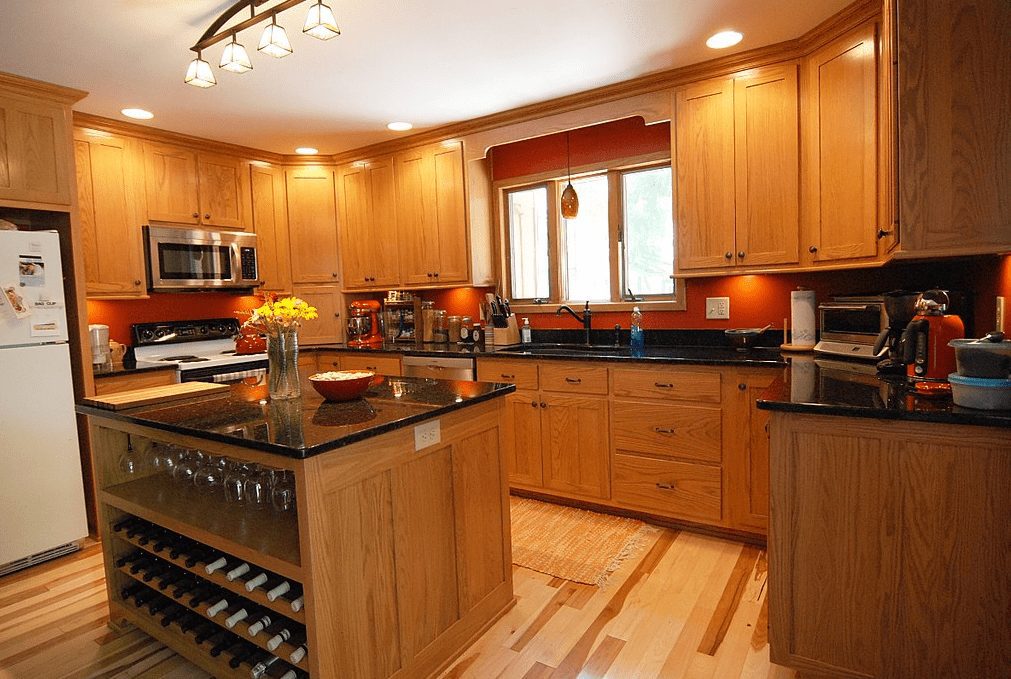
This is a guest post by Lori Wade.
For such a festive beverage, wine has a way of showing up in a lot of tragedies, from operas such as La Traviata and Don Giovanni to soap operas and everything in between.
Even so, anyone who is a fan of wine knows there is no tragedy like a good bottle gone bad.
The same sad story usually goes something like this. You bought or received a bottle, and thought you would save it to enjoy at a future date. After all, wine is supposed to only get better with age, so it should be fine, right?
Unfortunately, when you finally decide that the time is right and uncork the bottle, a nasty unripe rank odour assaults your nose. You pour out the bottle, only to find that what had once been a crisp white or hearty red has degenerated into a sickly shadow of its former self.
Thankfully, wine cabinets can help avoid such tragedy by stemming spoilage – and here’s how and why.
Identifying Causes of Wine Spoilage
First thing’s first – before you can stop wine spoilage, you have to know what causes it in the first place.
Just as there are countless variations of wine, so too are there many ways in which a good wine can go bad. Three of the most common causes of wine spoilage include:
- Wines Oxidizing: Wine is not meant to oxidize too quickly, and exposing it to the elements can do just that. Oxidation can age wine by converting ethanol into acetaldehyde, and while in certain conditions that can actually be a good thing, left unchecked it can lead to that flat nasty “past its prime” wine taste.
- Improper Chilling: You probably know that whites and champagnes are best chilled before serving. That said, there is such a thing as overchilling your wine. The sweet spot for chilling white wines is typically between 45 and 55 degrees Fahrenheit. Storing the bottles below or especially above that very narrow range can cause spoilage. What is more, while we tend to associate chilling more with white wines than reds, they too can go bad if stored in overly-warm, non-climate controlled areas.
- Bottle and Cork Damage: Wine is corked and bottled to create a tight seal. If that seal is compromised due to damage done to the bottle (for example, chips or cracks) or cork (for example, holes in the cork or exposure to humidity) the wine inside will spoil.
How Wine Cabinets Can Help
Thankfully, wine cabinets can be immensely helpful in tackling all of these conditions, and more.
Wine cabinets give you the ability to maintain a cool, consistent environment for your wines, allowing you to cut out premature or unintentional oxidation. Your wine isn’t open or being exposed to the elements that can age it faster, which in turn can help prevent it from oxidizing too quickly.
What’s more, wine cabinets do the important job of helping to shelter your wine from direct sunlight. Not only does this help prevent the bottles from heating up, but it also protects the corks and wine itself from the damage that heat and direct sunlight can do to them. Prolonged direct exposure to UV light can have an adverse effect on the tannins and chemical composition of your wine, and both heat and light can dry out a cork quickly.
Wine cabinets can help with all of this. They tend to come in either opaque or transparent varieties, with the latter featuring tinted glass, which is specially designed to deflect light and, thus, protect your wine.
This helps keep the cork in pristine condition, which in turn ensures the seal is maintained and your wine’s integrity is preserved for the long term.
Wine cabinets can also help you keep your wine at the right temperature. While wine refrigerators sometimes have stronger cooling mechanisms and more precise temperature controls, wine cabinets with built-in cooling technology do a better job of keeping wine at the optimal storage temperature.
Then there’s the fact that storing your wine bottles in a cabinet is a great way to store them in such a way as to prevent rocking or disruption, which can damage delicate tannins and lessen the flavour. This why bottle condition and place of ageing are one of five key elements that increase a wine’s value.
What’s more, wine bottles are traditionally stored on their sides to prevent sediment from collecting at the bottom. Naturally, storing a cylindrical bottle on its side will be difficult if not downright impossible to achieve on a kitchen counter or similar surface. Wine cabinets help solve this problem while firmly holding wine bottles in place on their sides with racks and still providing more protection than a mere wine rack.
If you’re a wine aficionado, you definitely want to do everything possible to keep your wine from spoiling. Wine cabinets allow you to do just that, by keeping them in prime condition.
Author’s BIO
Lori Wade is a journalist from Louisville. She is a content writer who has experience in small editions. Lori is currently engaged in news and conceptual articles on the pet care and veterinary industry. You can find her on LinkedIn. Hope you appreciate Lori’s useful insights!
